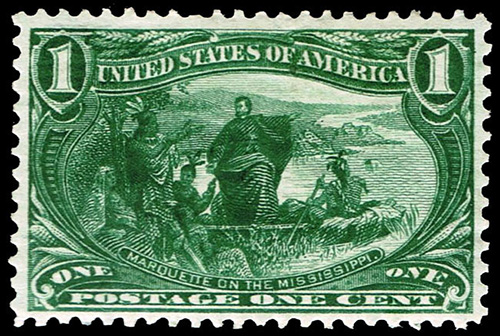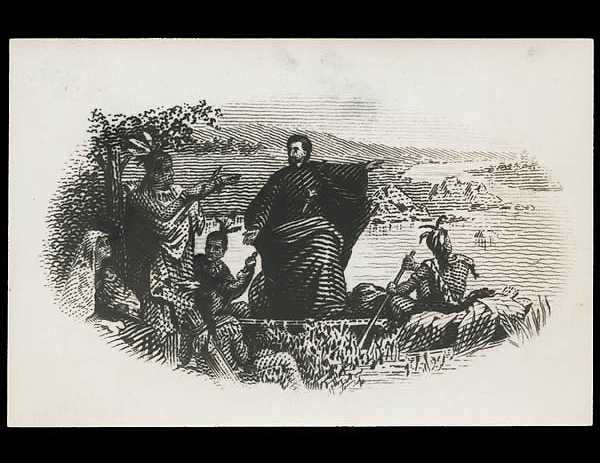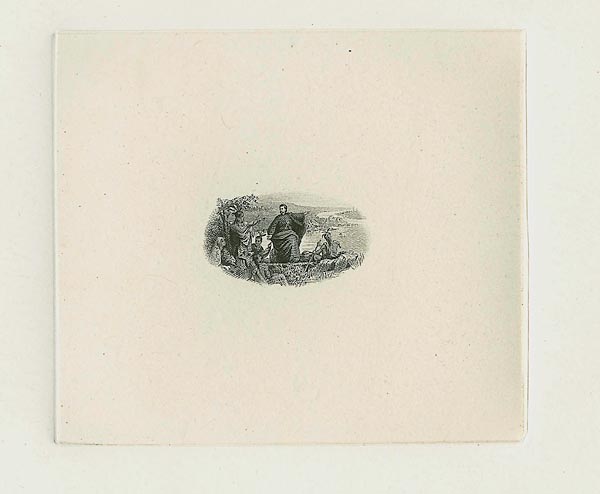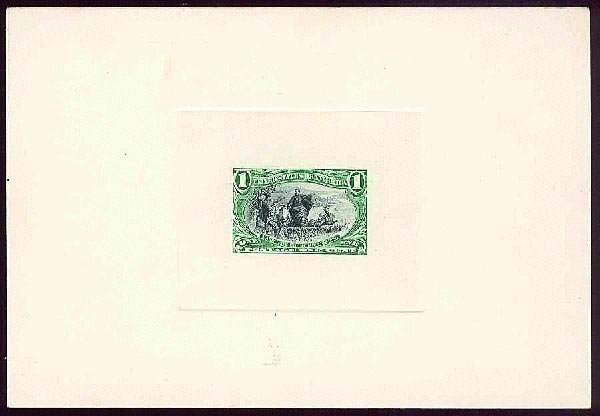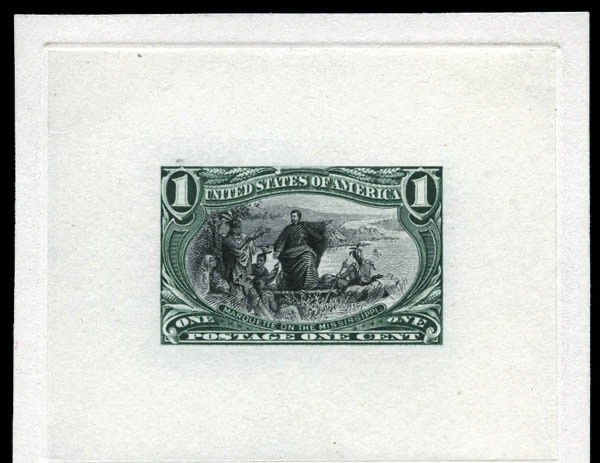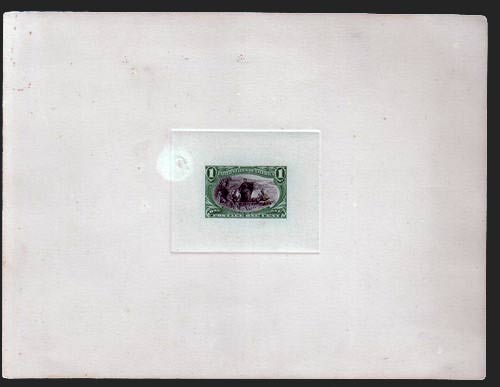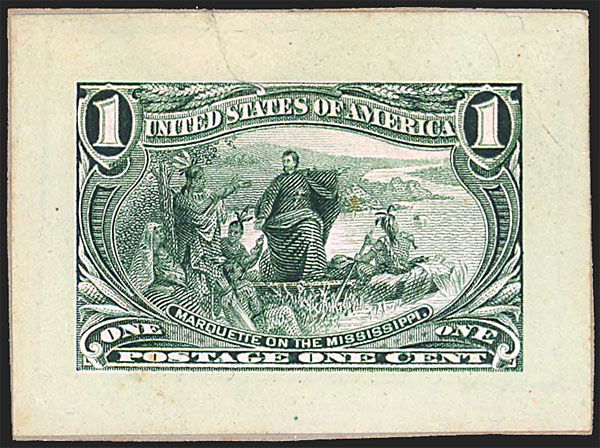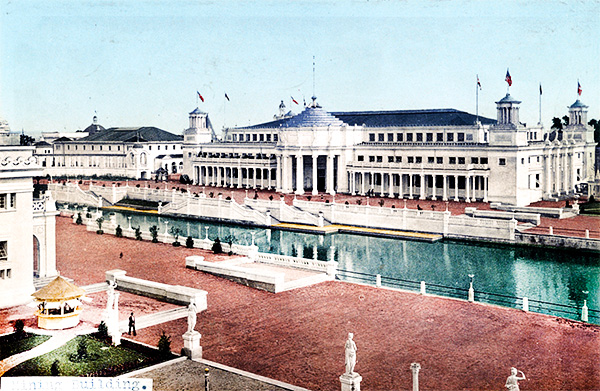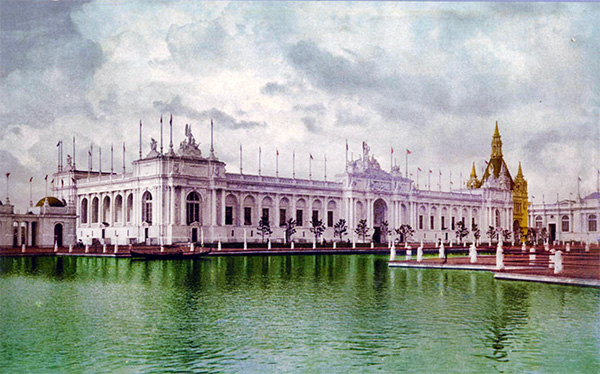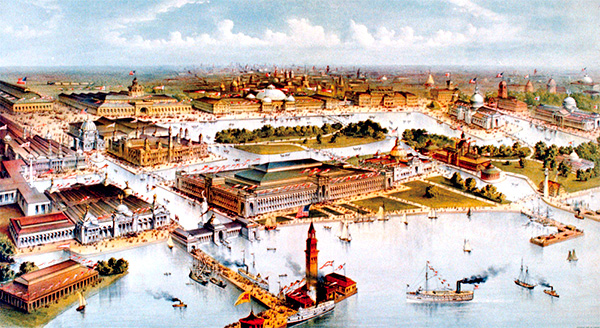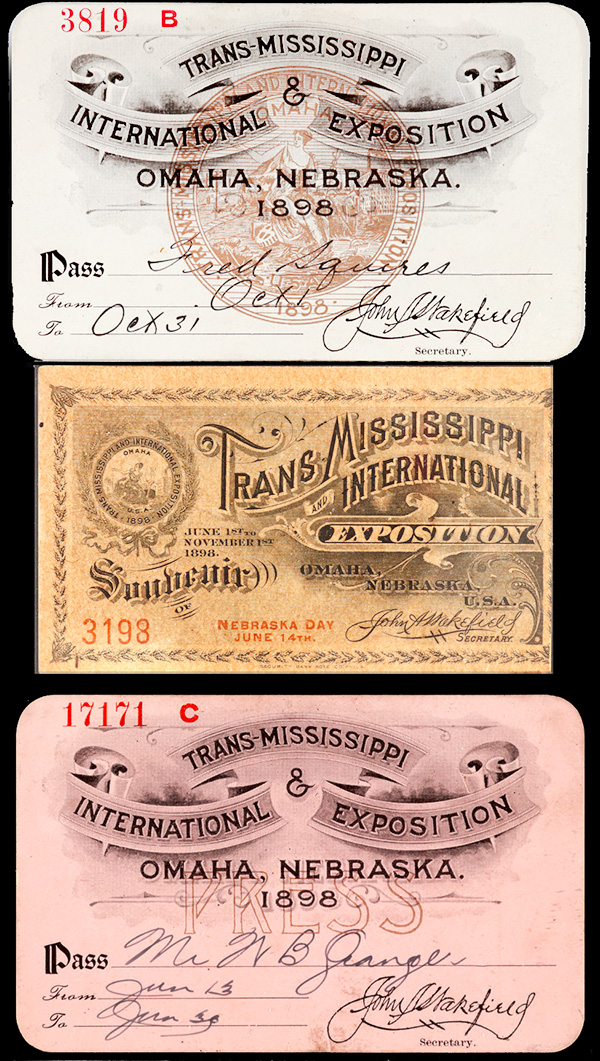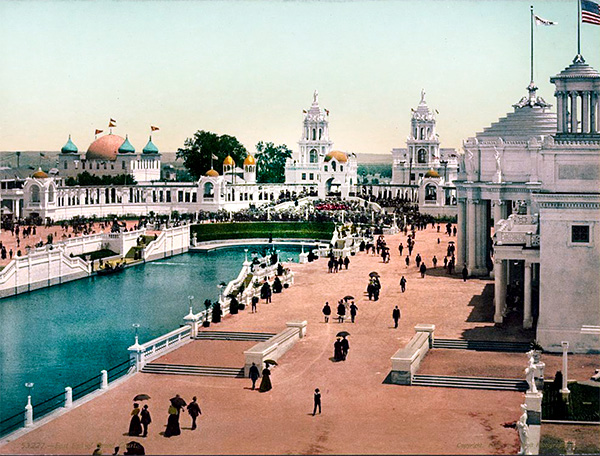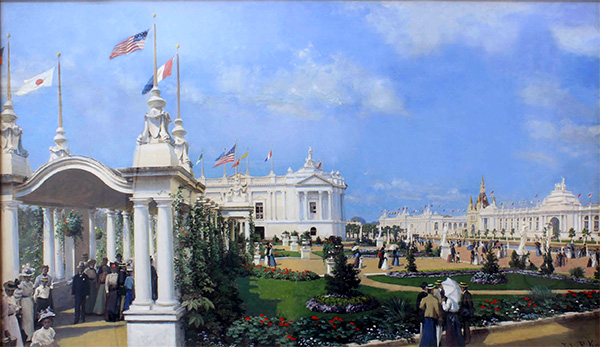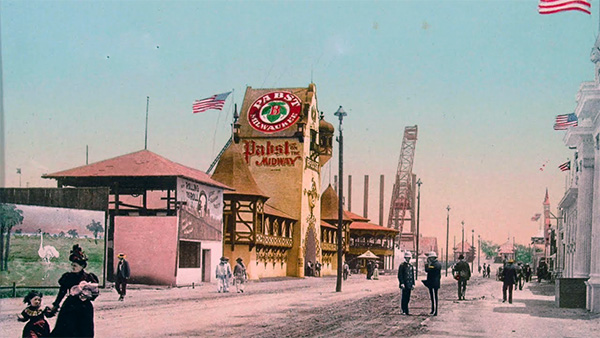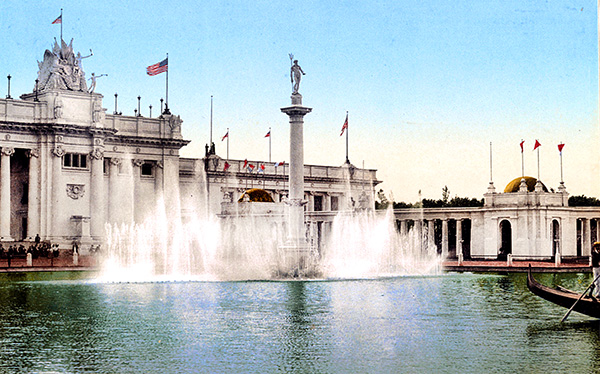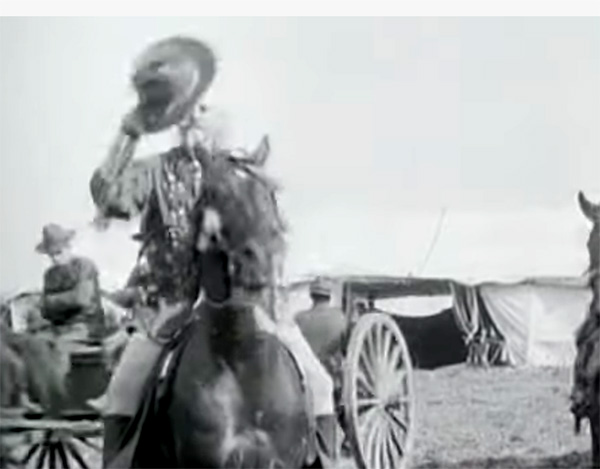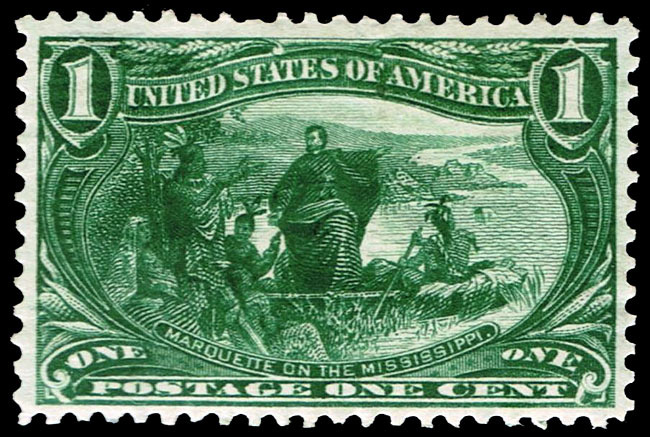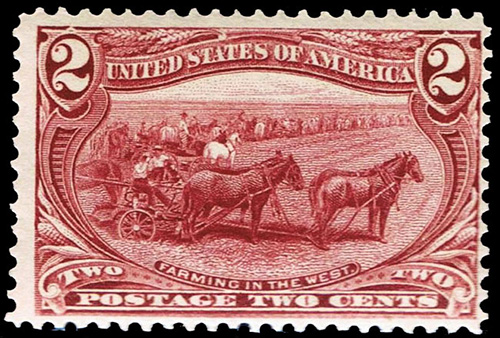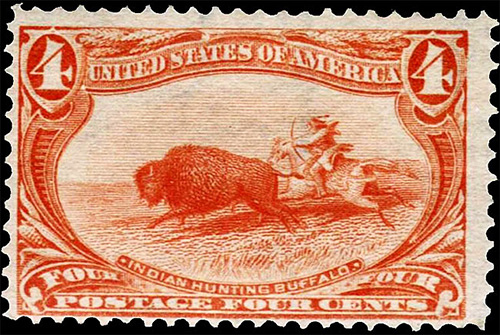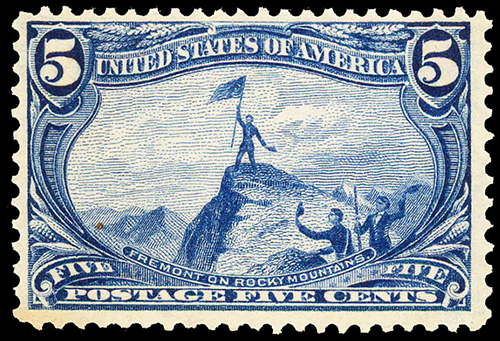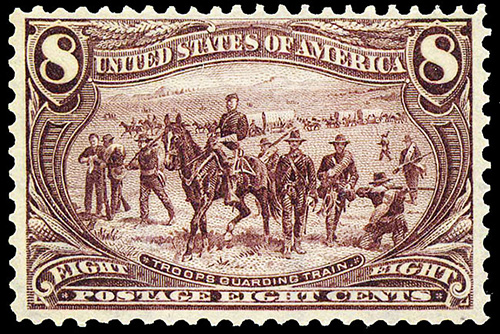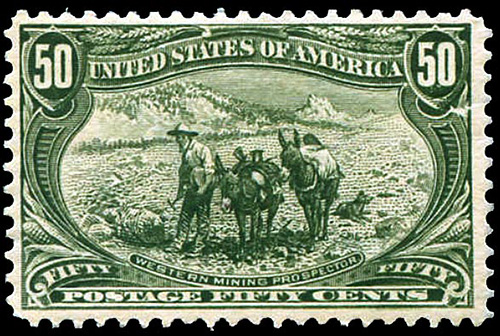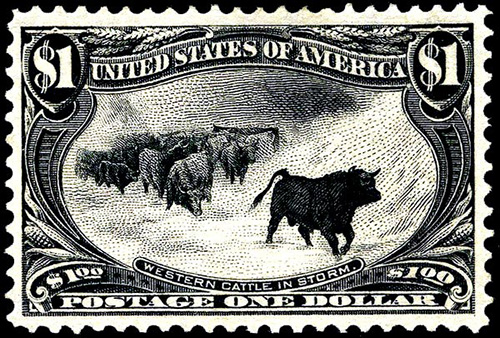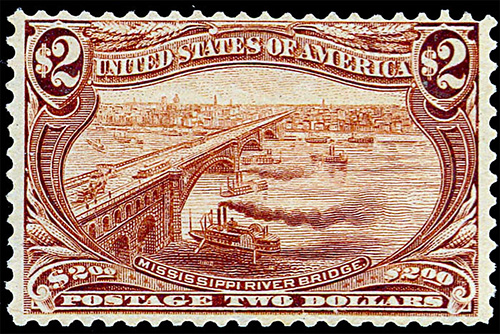Basic Info
1¢
Dark yellow green, yellow green, green
Printing Method: Engraved
Subject: Marquette on the Mississippi
Number issued: 70,993,400
Perforations: P12
Watermark: Double Line USPS
Scott #: 285
Issued: June 17th, 1898
Value
Used
$1 - $1.50
No postmark with gum (MH)
$3 - $6
Full perfect gum, no postmark
no trace of stamp hinge mark (MNH)
$10 - $32.50
First Day Cover

First day cover, June 17th, 1898
#285 Plate #'s
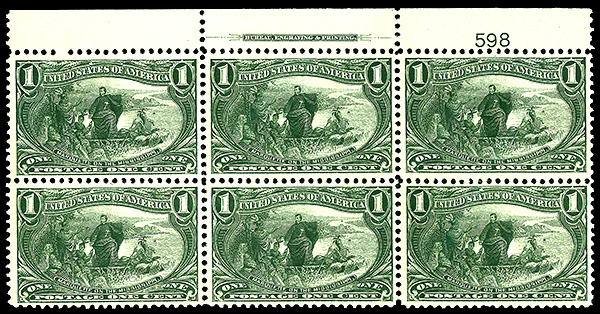
#285 was issued with the following plate #'s
590-592, 598, 600-601, 605, 607, 612, 635, 709 -712
A pane of #285
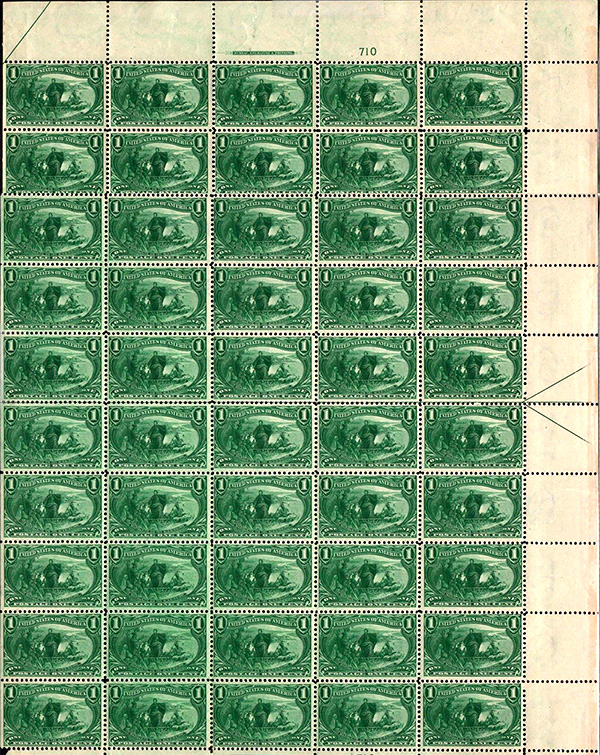
A pane of #285. Each pane had 50 stamps, there were two panes to a sheet of 100 stamps.
Almost a bi-color stamp
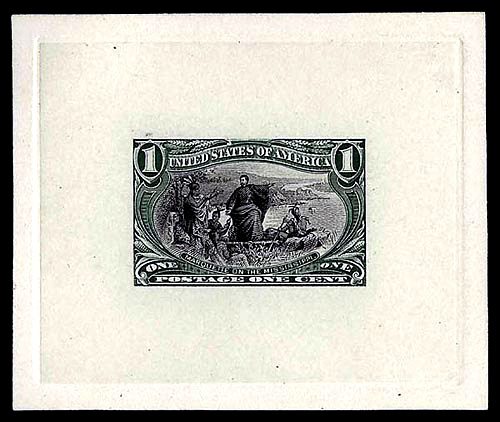
It was intended to print the Trans-Mississippi issue with a black vignette and a frame in color. The bi-color idea had to be abandoned because of the fact that the Spanish American War, which broke out in April, 1898, necessitated the printing of enormous quantities of revenue stamps and the facilities of the Bureau were taxed to the utmost . The time and manpower needed for the printing of stamps in two colors could not be spared and it was necessary for the Bureau to abandon the proposed bi-color stamps in favor of stamps of single colors.
The Inspiration for the Design
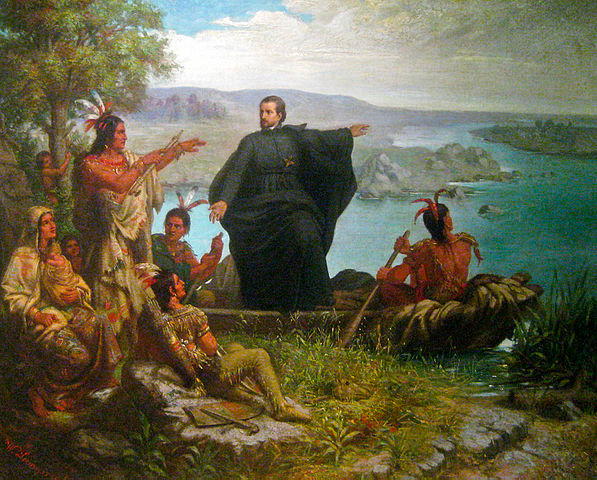
For the vignette was based on a painting by William Lamprecht called "Father Marquette and the Indians"
Marquette and Jolliet did not discover the Mississippi. Indians had been using it for thousands of years, and Spanish explorer Hernan De Soto had crossed it more than a century before them. They did confirm, however, that it was possible to travel from the Great Lakes all the way to the Gulf of Mexico by water, that the native peoples who lived along the route were generally friendly, and that the natural resources of the lands in between were extraordinary. Equipped with this information, French officials led by the explorer LaSalle would erect a 4,000-mile network of trading posts to systematically exploit those riches over the next century and a half.
Essays and Proofs
The Omaha World’s Fair

The Trans-Mississippi Exposition was a World’s Fair hosted in Omaha, NE from June 1 to November 1 of 1898. The purpose of the Omaha World’s Fair was to exemplify the fertility and potential of Western farming and manufacturing as a definite pathway to financial success. It attracted 2.6 million visitors.
A two-thousand foot-long lagoon designed to resemble Venetian canals hosted gondola rides as a whimsical form of transportation throughout the fair. Stately trees and lush grass plots lined artistically crafted walking paths, illuminated by electric lights. Bright white building designed in Renaissance style reflected ancient Greek and Roman influences and possessed strenuous constraints on color, scale and height. All was built out of cheap materials or designed not to last, at the end of the exposition it was all removed.
There were two great attractions during the show, the first being President McKinley's speech which attracted 100,000 people to the plaza. The other was Buffalo Bill's Wild West Show, a video of which can be viewed below.
